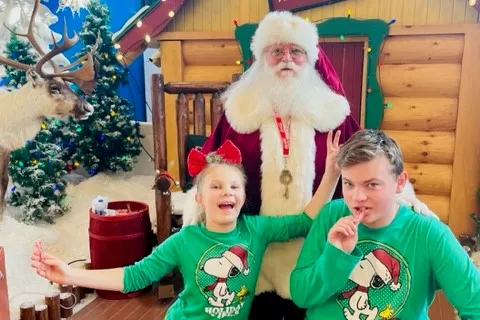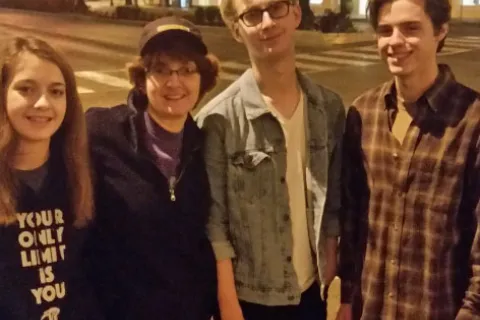Inclusion: Ensuring Access for Everyone
Leading the Way: Autism-Friendly Youth Organizations
The excerpt below comes from Autism Speaks guide for youth organizations.
What is Inclusion?
“For me, inclusion is about a community where everyone is recognized for their differences and everyone is recognized as belonging – not only in our schools, but in our communities.” - Dr. Joseph Petner, Educator
Inclusion is about offering the same activities to everyone, while providing support and services to accommodate people’s differences. Inclusive organizations actively reach out to people with disabilities and seek to understand and appreciate their differences, while fostering a sense of belonging.
Inclusion in Community Programs Means...
- Making all programs in which typically developing youth and their families participate accessible and available to youth with disabilities and their families.
- Developing community programs for individuals with and without disabilities.
- Placing individuals with disabilities in the same community programs that their parents would choose for them if they did not have disabilities.
- Providing opportunities for special services to be provided and individual needs to be met, within typical community settings.
- Providing opportunities for social relationships between individuals with and without disabilities.
- Teaching all youth to understand, accept, and value human differences. Why is Inclusion Important?
“If every child matters, every child has the right to a good start in life. If every child matters, every child has the right to be included. And that is so important for children with special needs.” - Cherie Blair
Ultimately, the most important thing about inclusion is that it recognizes and honors the fundamental value of each person.
Inclusion is a Right and a Responsibility
- Inclusion in employment, educational, recreational and community settings is a basic element of human rights.
- Integrating people with disabilities is the right thing to do. We do not want to live in a world that is divided into the typical world and the disabled world.
- It is the responsibility of our youth organizations, community groups, and faith communities to take an active role in promoting the idea of inclusion. Most youth organizations focus on specific areas of character development and growth for young people, which makes including people with disabilities a good idea, but also a missionbased responsibility.
Inclusion Works to the Benefit of All
“Through the program, Sara has gained a sense of responsibility with learning to help others. Her leadership qualities have increased along with her confidence. She wants to continue staying in the program since she has developed friendships.” - Sara’s mom
The youth with autism:
- get to participate in programs in their community with their siblings, friends and neighbors
- learn from their peers who serve as role models to help them with social skills and communication
- receive preparation for adult life in the community.
Peers:
- learn empathy and are exposed to diversity. Our youth begin to see people first and the disability second.
- become comfortable interacting with people with disabilities.
- see that people with disabilities are like them in many ways, and that they have unique strengths along with their challenges.
Tips: A Successful Inclusion Program
- Commitment for a successful inclusion program must come from the top down. Your board and staff leadership must recognize and support the program.
- Teamwork among program staff, family members, caregivers, and the child’s team is crucial.
- Parents should be actively involved in planning for inclusion.
- Disability training and awareness programs should be made available to staff and volunteers.
- Incorporate program modifications that allow the child with autism to share activities and experiences with other participants.
- Focus on the participant’s strengths.
- Encourage interaction between youth with autism and their typically developing peers.
- Be flexible. If something doesn’t work well, be prepared to try again with something new.
Learn more about Inclusion in Leading the Way: Autism-Friendly Youth Organizations here.







